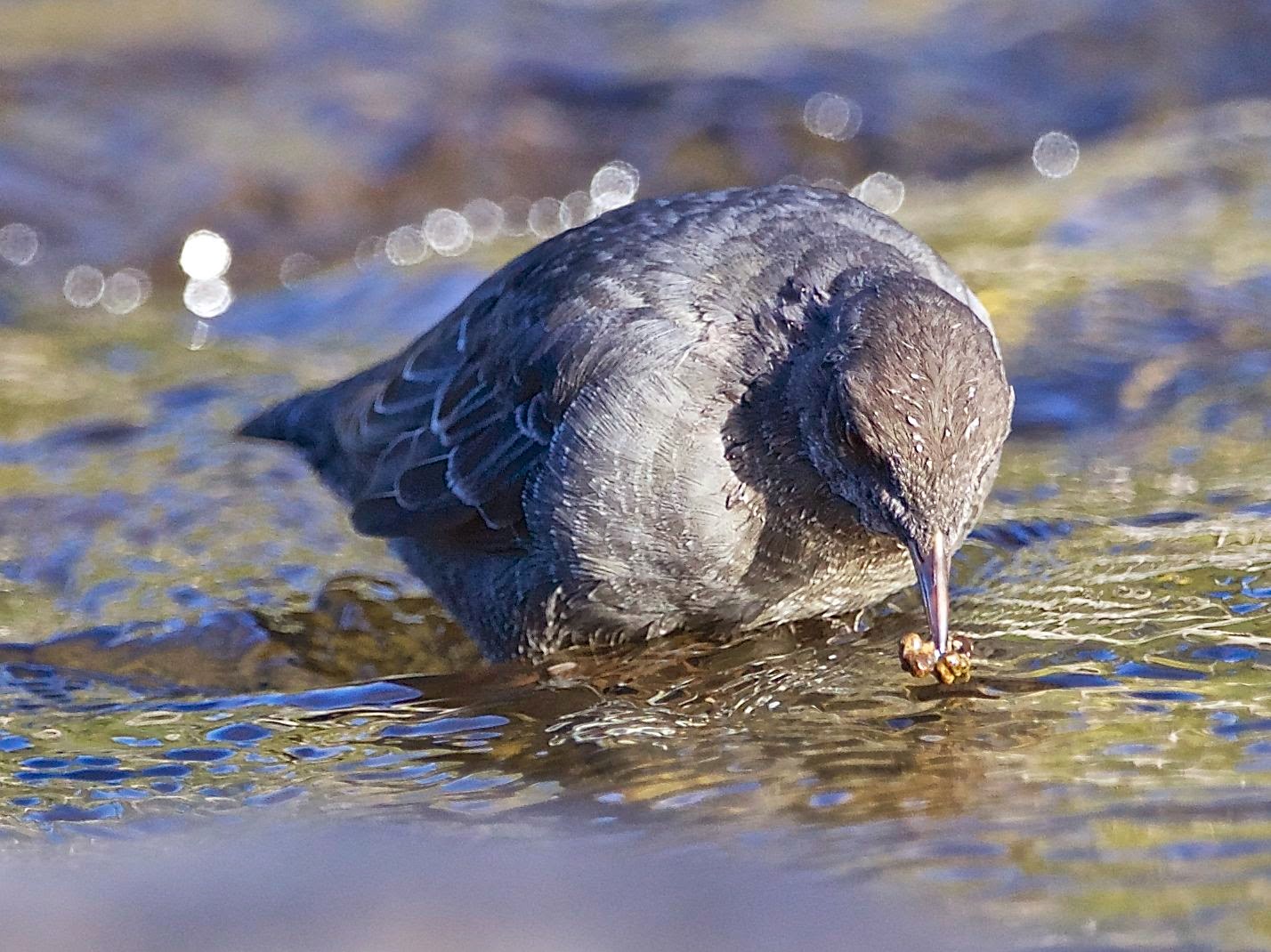Whiskered Terns are a nomadic inland water bird
species that prefer shallow freshwater wetlands. They turn up on the Gippsland Lakes and associated wetlands after being
absent for many years.
 |
| Whiskered Tern in breeding condition with red bill and legs, black cap and dark grey underparts. |
The Gippsland Lakes, located adjacent to
the Ninety Mile Beach in East Gippsland, are the largest inland waterway in
Australia. Not surprisingly they provide important habitat for many species of
water birds including international migrant and resident species. The whole of
the Lakes system is declared a Ramsar Wetland and an IBA (Important Bird and
Biodiversity Area).
For more information regarding Ramsar and
IBA’s see:
Given the extreme boom/bust wet/dry cycles
which impact arid inland Australia it is not surprising to find that many of
our resident bird species populations also boom and bust and as a survival
strategy many species are nomadic, moving long distances in response to push
pull factors to find suitable habitat.
Many water bird species such as ducks,
ibis, herons, egrets, stilts, grebes, terns, pelicans, plovers and cormorants
can flock to inland waterways and breed up in huge numbers when conditions are
good. However when the inevitable drought sets in these same birds must move
towards the coast to find refuge. The Gippsland Lakes are one such important
coastal wetland refuge.
Back in November 2013 I found a large
number of Whiskered Terns feeding over dry sheep paddocks near Hollands Landing
and reported on these in a blog post. Background information about this species
can be found here:
Whiskered Terns are still around the Lakes and
one year later in November 2014, I encountered a flock of about 100 birds at
the SE end of Raymond Island. The birds were resting on a small timber jetty
along with some other water bird species. By slowly approaching the jetty I was
able to get close enough to capture some photos of the activity on this small
jetty.
 |
| Two White-faced Herons sharing a jetty with Whiskered Terns. |
 |
| A pair of Masked Lapwings were also on the jetty. |
Note the whitewash – the lack of toilet
training is a great source of annoyance for humans who after all build the
jetties for their own use and no doubt would be happy to share the facilities
with the birds if only they did not coat them with liberal quantities of guano.This issue aside man made structures around the Lakes provide important roosting and resting and sometimes nesting habitat for water birds.
 |
| All lined up facing the same way – always into the wind. |
 |
| Whiskered Terns were constantly leaving the jetty and returning in the brisk wind conditions - flight was easy for these masters of the air. |
 |
| The Heron has had enough of the photographer edging out along the jetty and perhaps the melee of Terns coming and going – time to find a more peaceful resting place. |
 |
| Two uncommon Common Terns were among the Whiskered Terns. |
Often a large flock of terns, say
Crested or Whiskered, will contain another species, in this case a pair of
Common Terns. This Tern species derives its name from the northern hemisphere
where it is very common however it is uncommon in Australia where small numbers
visit between October and March.
 |
| When I spotted this plastic snake its purpose was immediately apparent. |
I have seen many attempts to scare
birds off jetties (and boats) using fake raptors and owls for example, however
this is the first time I have seen a plastic snake used.
 |
| I think based on the evidence of this photo the snake is a failure. |
Here are a few more shots of these
beautiful birds.
Eventually when the drought in the NSW
Murray Darling basin ends these birds will no doubt disappear from the Lakes –
it is good to know that they have found refuge here.



































































